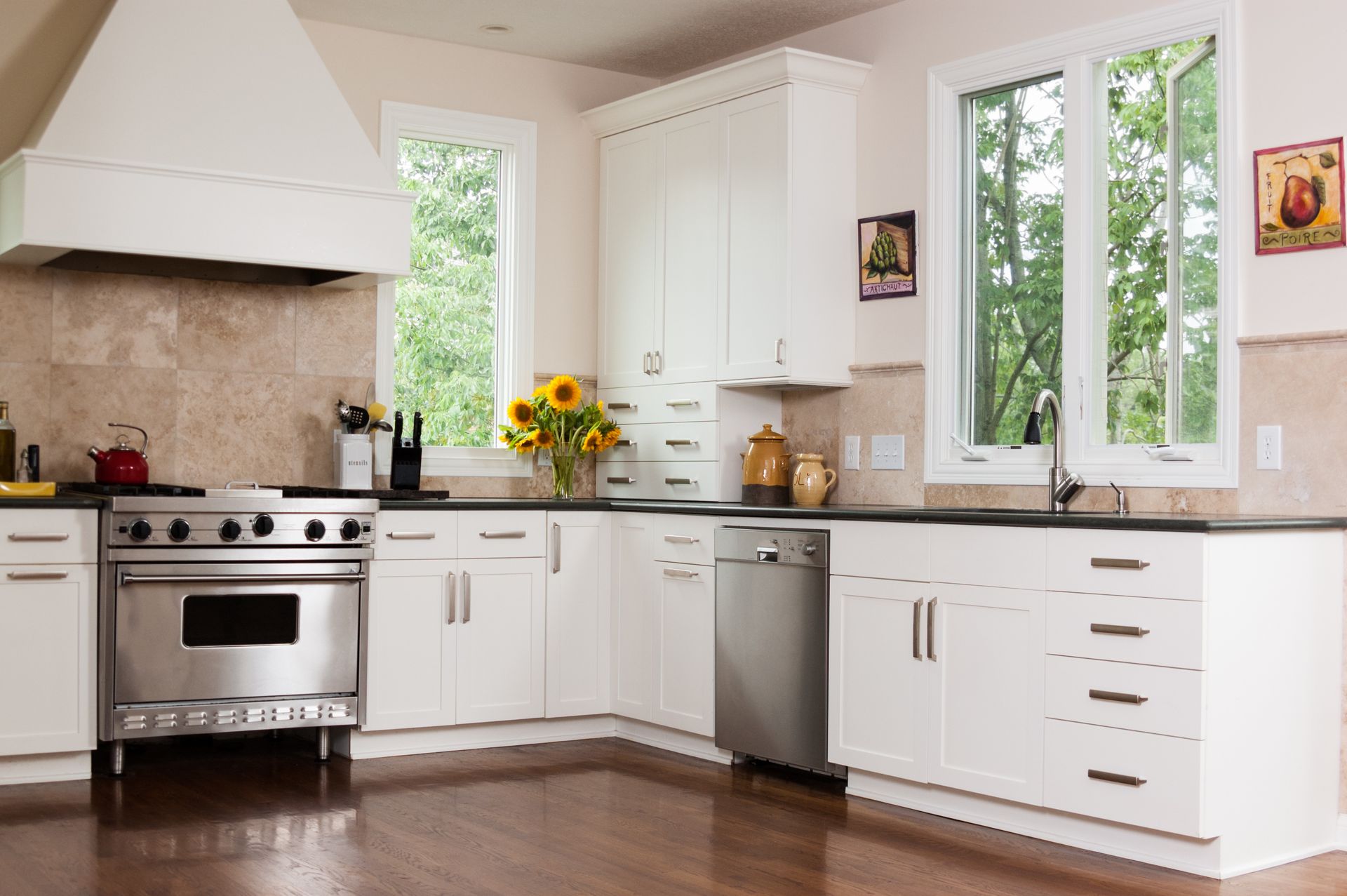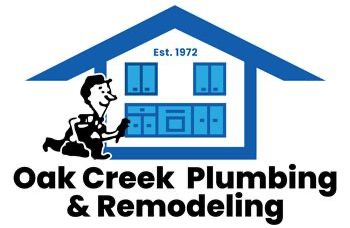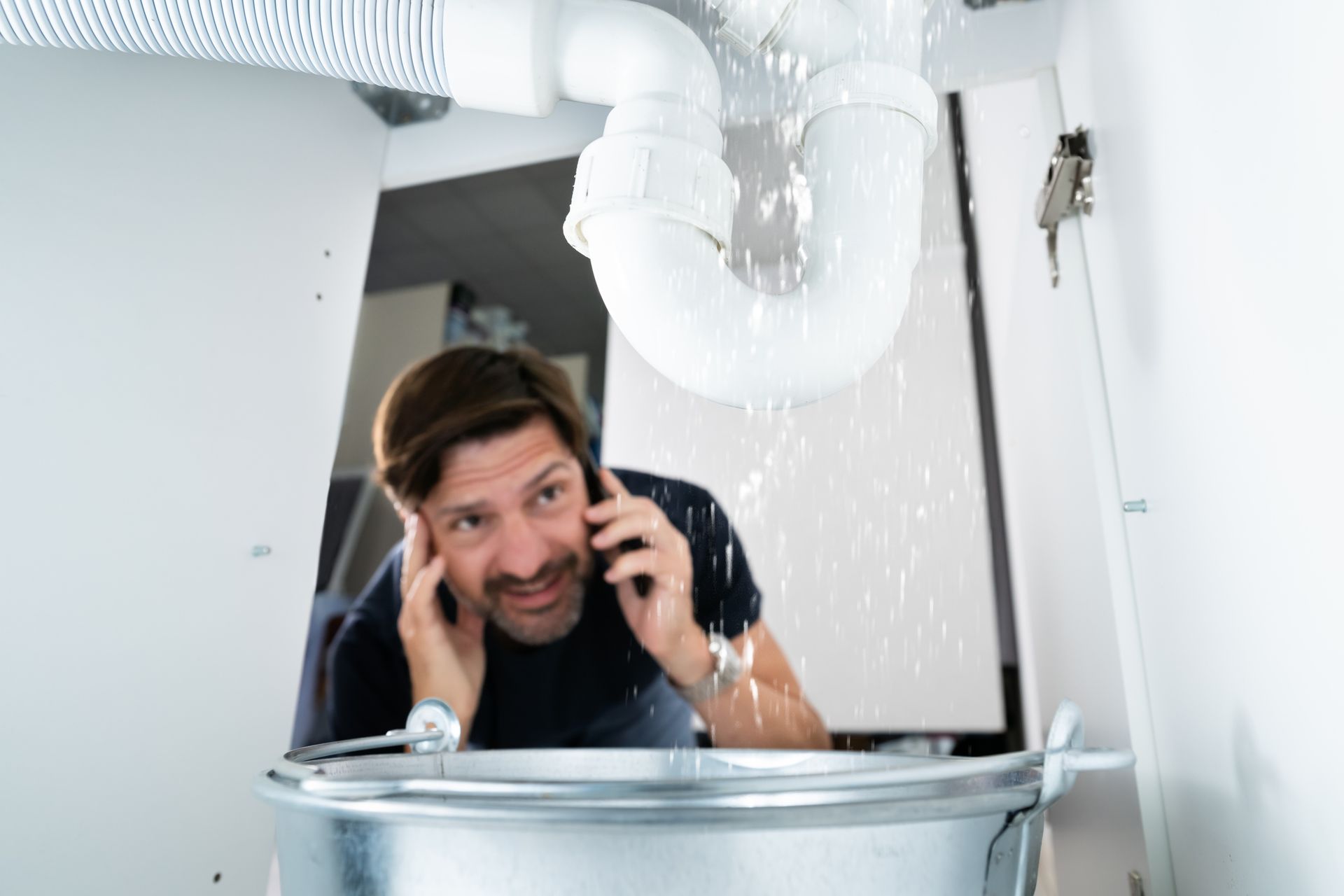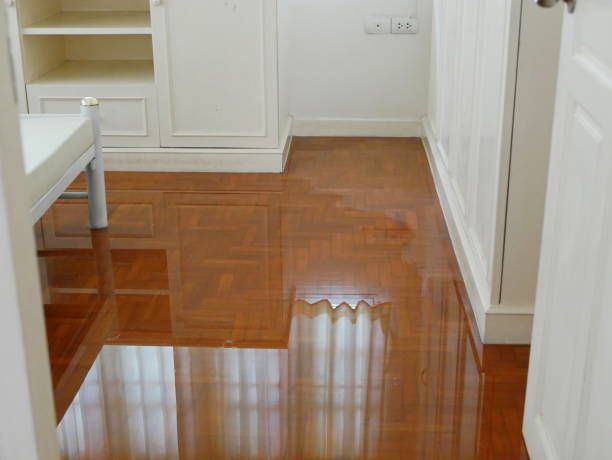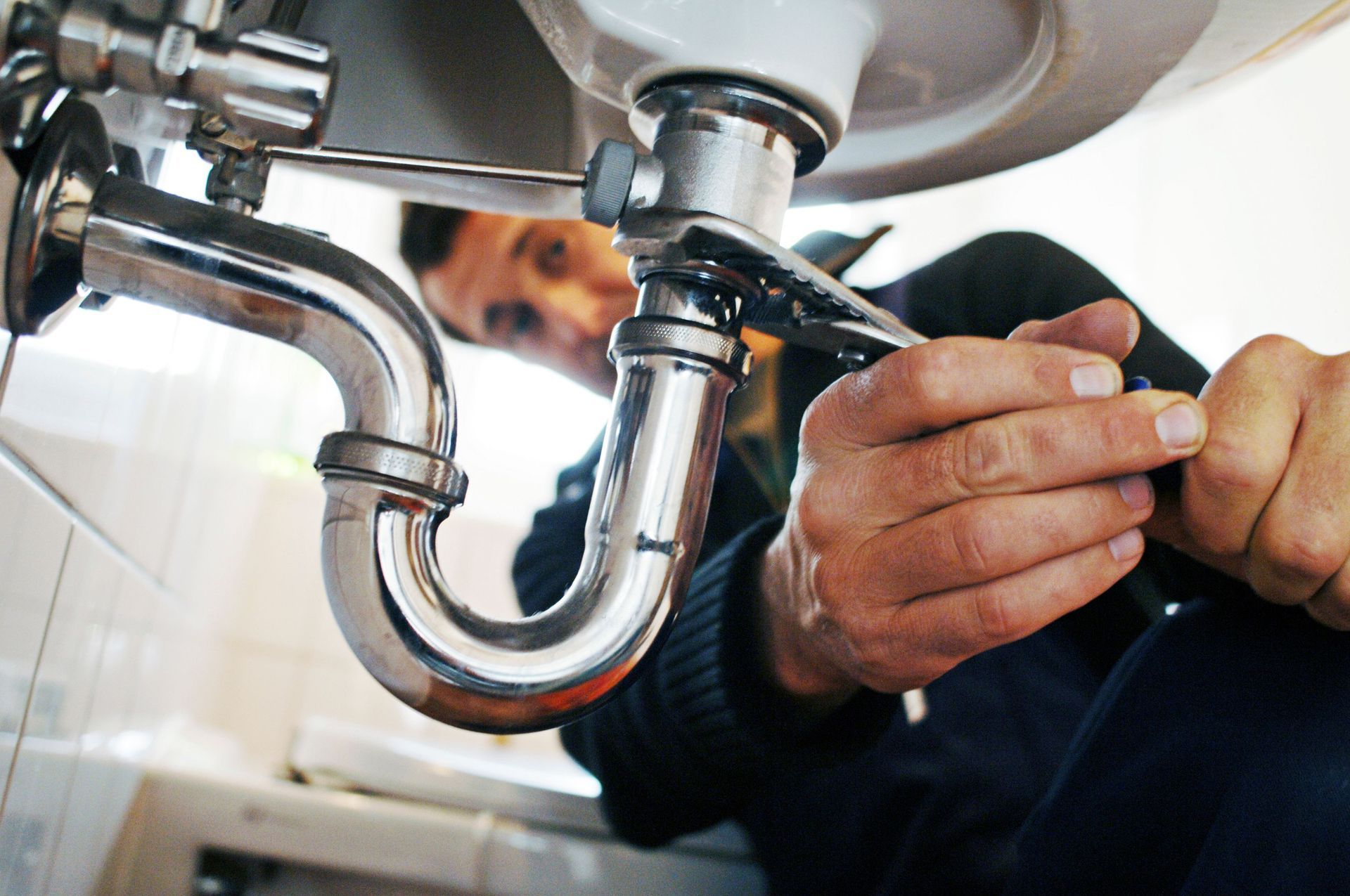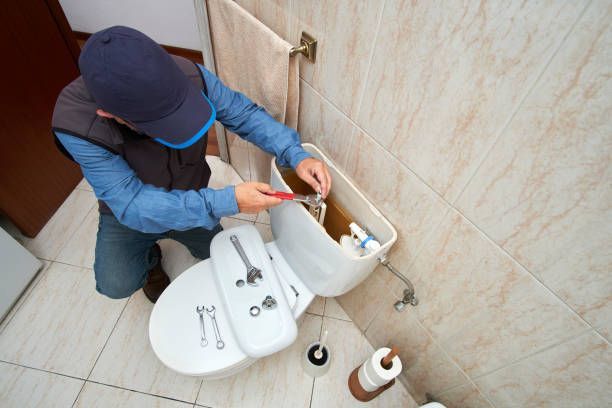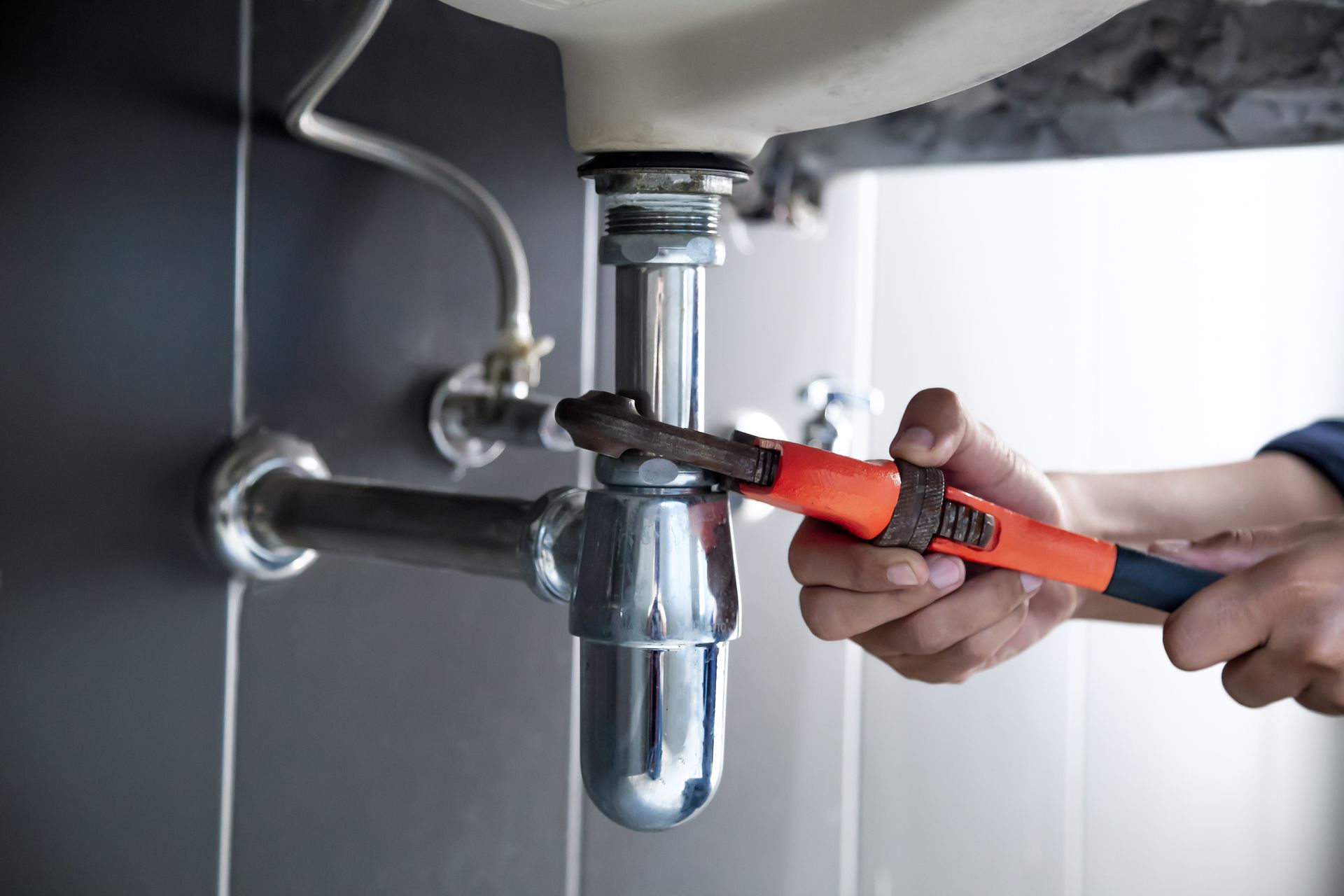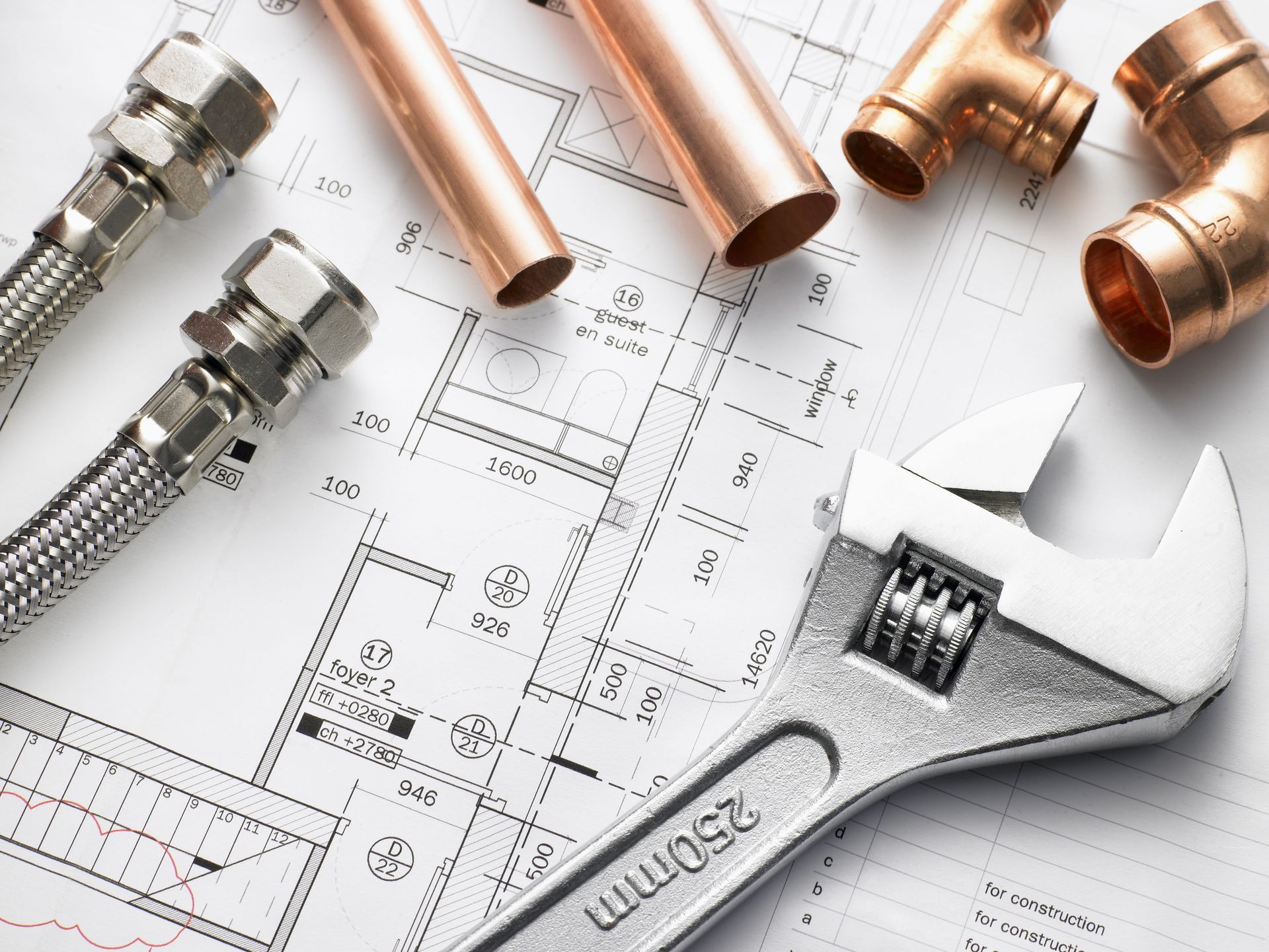6 Eco-Friendly Plumbing Solutions
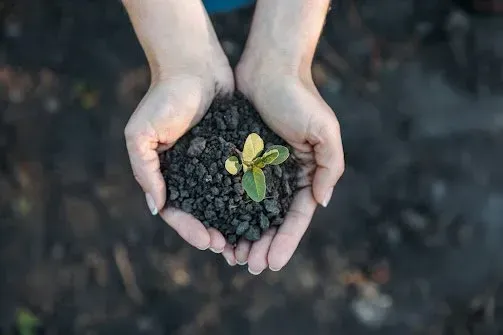
If you are keen on reducing your carbon footprint, your home is the best place to begin. One of the ways you can improve your home's sustainability is by adopting plumbing fixes that conserve water and energy in your home. By using eco-friendly plumbing solutions, you can help the environment and reduce your utility expenses.
If you are wondering how your plumbing can save the environment, read on to discover six eco-friendly plumbing solutions.
1. Using Low-Flow Plumbing Fixtures
Although water covers most of the earth's surface, only one percent of the earth's water is available for use by humans. With such a small percentage of water available for human consumption, avoiding water wastage is essential for environmental protection.
We consume large volumes of water every day in our bathrooms and kitchens. So, starting our water conservation efforts in such areas can go a long way in preventing the wastage of water. Installing low-flow faucets, toilets, and showerheads is a great way to conserve water in the kitchen and bathrooms. Additionally, low-flow plumbing fixtures will reduce your water bill significantly.
2. Insulating Hot Water Pipes
If your pipes have poor insulation, hot water loses heat faster when flowing through them. As a result, you may keep your taps or shower running for long as you wait for the water to heat up. Insulating your pipes will ensure less heat gets lost through your pipes when you turn on the shower. Therefore, your heater won't overwork to bring hot water through your pipes, thus saving water and electricity.
3. Using Tankless Water Heaters
Tankless water heaters are great at energy conservation. Unlike tank water heaters which use a lot of energy to store hot water, a tankless system provides hot water on demand. With a tankless water heater, you only use electricity as water rushes through the heater system, which helps reduce energy consumption.
Lower energy usage will lower your electricity demand, thus saving you money in electricity bills.
4. Installing Dual Flush Toilets
Conventional toilets may use five to seven gallons of water per flush. So in an entire day, you may waste a lot of water just by using the toilet. Dual flush toilets have two buttons, one for flushing liquid waste and one for solid waste. The toilets use less water to flush liquid waste and, by doing so, save gallons of water with every flush.
5. Installing Water Saving Showerheads
With an inefficient showerhead, water continues flowing as you lather your body when having a shower. Because you don't use water while lathering your body, most of that water goes to waste. A water-saving showerhead has features for adjusting water flow according to your needs. These features ensure that you use lower amounts of water when taking a bath and thus promote water conservation.
6. Using Environmental Friendly Pipes
Some pipes used in plumbing are not recyclable; thus, they end up in landfills at the end of their useful life. Joining some pipes also requires the use of toxic adhesive. Some eco-friendly pipes you can use include:
Copper
Nearly half of the copper used in the US comes from recycled scrap and continues to be recyclable after use without degrading its properties. Additionally, you don't need to use adhesive to join copper pipes. Unfortunately, with time, copper may corrode in the presence of saltwater.
Stainless Steel
Stainless steel is 100% recyclable, and unlike copper pipes, it does not corrode. Therefore, stainless steel pipes will serve you for a long time.
If you're considering going green, the plumbing modifications mentioned above will go a long way in promoting your efforts. Contact us today for eco-friendly plumbing fixes in Milwaukee, Racine, and Kenosha.
